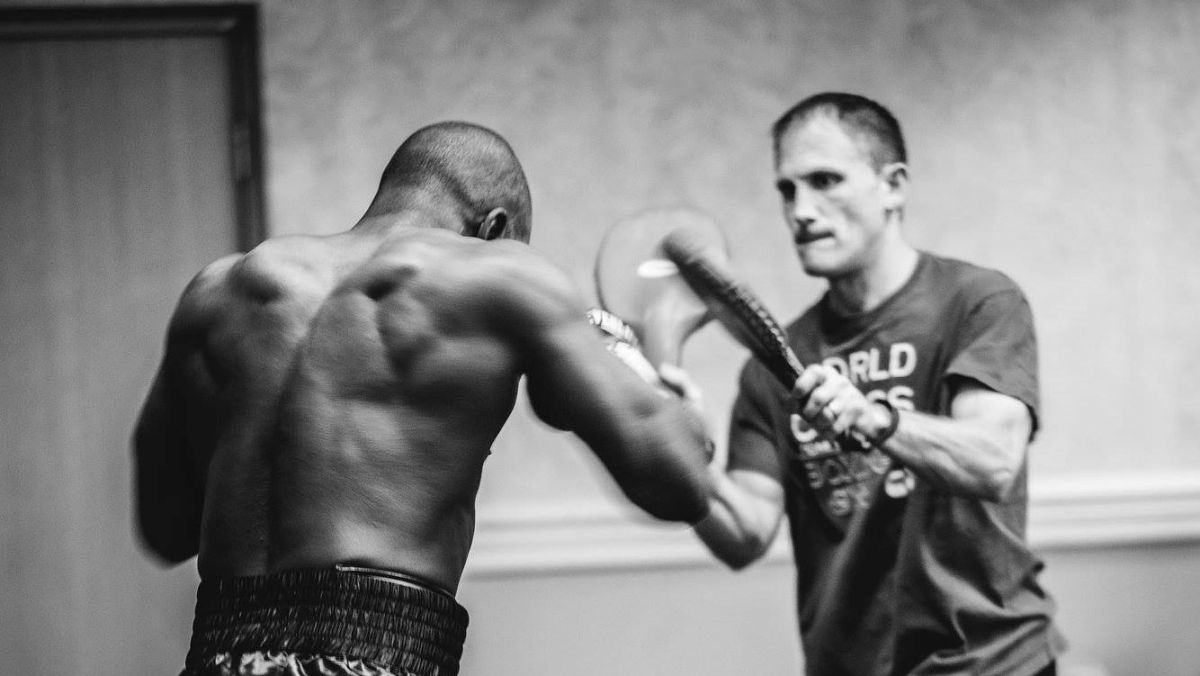Humans have long been drawn to high-stakes decisions, from tightrope walkers suspended between skyscrapers to entrepreneurs risking their fortunes in startup ideas and games trying their luck at a live casino site online.
Risk taking can seem reckless or courageous, depending on the context. Yet, the deeper truth lies in the brain’s complex reward circuitry, evolutionary adaptations, and emotional processes.
In this article, we’ll look at the neuroscience behind why risk fascinates us as humans and what mechanisms drive our attraction to the edge of uncertainty.
Innately Wired for Risk
The attraction to risk did not happen by chance. It is embedded in our DNA as a survival code. For our early ancestors, risk taking was inevitable and often necessary. Hunting dangerous animals, moving into new territories, or competing for mates demanded courageous decisions that could lead to either great reward or grave danger.
In neuroscience, this is partly explained by the dopaminergic system, particularly the mesolimbic pathway. This reward chemical centred around the ventral tegmental area (VTA) and nucleus accumbens was fine-tuned to strengthen behaviours that increased survival odds, like securing food or social status. Over time, our brains became programmed to release dopamine, the “feel-good” neurotransmitter, when engaging in behaviours that posed potential advantages, even when those benefits are laced with risks.
While our environment has changed today, the wiring remains the same. Jumping into cryptocurrency investments or attempting an Iron Man triathlon might not be about survival. However, the brain still treats these high-stakes pursuits as meaningful chances worth pursuing.
The Feel-Good Chemical
At the centre of risk taking is dopamine. It is usually referred to as the “pleasure chemical.” Well, Dopamine is more about anticipation than pleasure itself. It spikes when the brain detects uncertainty or a chance of gain, especially when outcomes are not guaranteed. According to studies, dopamine levels increase most when a reward is merely possible compared to when it is certain. This explains why gambling is so addictive. The uncertainty of winning floods the brain with Dopamine even more than a guaranteed win would.
This anticipation loop is part of what psychologists call the prediction error hypothesis. When outcomes are better than expected, dopamine spikes, but when they are worse, it drops—the unpredictability of risky decisions, whether in love, business, or sports, triggers this loop. Thus, pulling people into a cycle of risk-reward evaluation.
The Seat of Judgment
Although dopamine drives our craving for uncertain rewards, another brain area responsible for evaluating consequences is the prefrontal cortex (PFC). It is located at the front of the brain and controls decision-making, impulse control, and future planning.
In risk-related behaviour, frequent tug-of-war unfolds between the limbic system (emotional brain) and the prefrontal cortex (rational brain). The PFC calculates long-term results and accesses probabilities and factors in possible losses. Meanwhile, the dopamine-rich emotional centres push for instant gains and thrill.
In adolescents, the prefrontal cortex is not fully developed. This is why teenagers are more prone to take impulsive risks—one where they feel the reward pull but lack fully matured brakes. Even in adults, emotional arousal can temporarily override the PFC. In high-stakes gambling, for instance, rational judgment can be bypassed when the limbic system floods the brain with emotional urgency.
The Thrill Factor
The amygdala, a small almond-shaped structure in the brain’s temporal lobe, is crucial for emotional processing, particularly fear and excitement. It helps us identify danger and evaluate threats. However, it equally processes positive arousal.
For many, the experience of controlled fear, like riding a rollercoaster or speaking in public, can be exhilarating. This is because the amygdala plays a dual role in alerting us to danger and amplifying the emotional impact of new or intense experiences.
For risk-takers, the amygdala may be less sensitive to fear or more tuned to excitement. In this case, neuroimaging studies show that sensation-seekers usually display reduced amygdala activation when facing potentially threatening stimuli. This can make them more comfortable with risk.
Training the Brain for Better Risk Decisions
Understanding the neuroscience of risk opens the way for better decision-making. Cognitive-behavioural interventions, mindfulness, and neurofeedback have enhanced risk evaluation and impulse control. For instance, mindfulness practices boost PFC activity and minimize limbic overactivation, which can help individuals to pause before acting on impulse.
Cognitive reappraisal is a technique used in therapy. It helps individuals to reinterpret emotional triggers and minimize irrational risk-taking. Habitual reflection is another option. It entails using journaling or scenario modelling (imaging outcomes before decisions) to reinforce neural circuits involved in foresight and minimize knee-jerk reactions.
A Brain Built for Risk & Restraint
Humans are both thrill-seekers and cautious calculators. The neuroscience of risk reveals a brain constantly weighing probabilities, rewards, fears, and social signals in the blink of an eye.
We are evolutionarily designed to seek advantage in uncertain conditions, and our missed pursuits (skydiving, entrepreneurship, activism) are echoes of ancient survival gambits. So, understanding how your brain processes risk does not eliminate it. Instead, it can empower you to manage risk more intelligently, knowing when to leap, wait, and how to succeed in the edge of the unknown.




